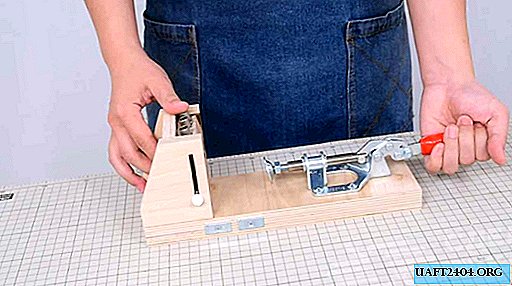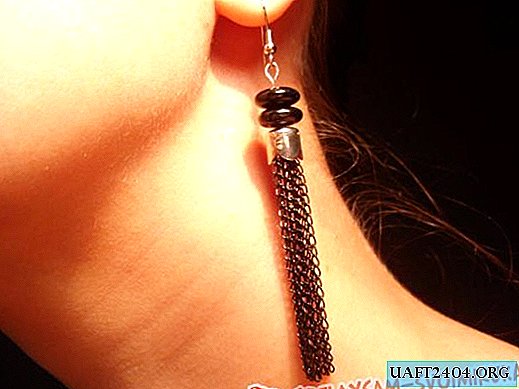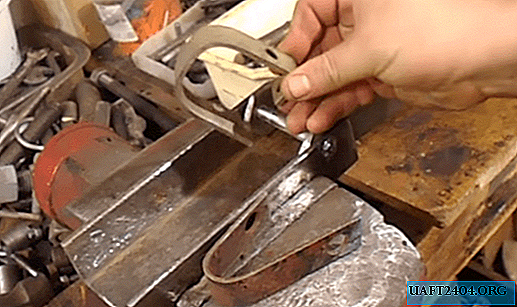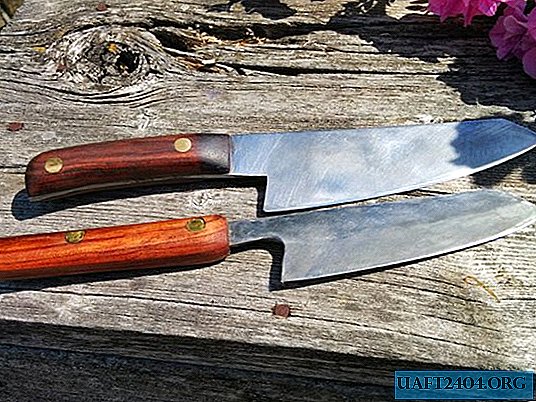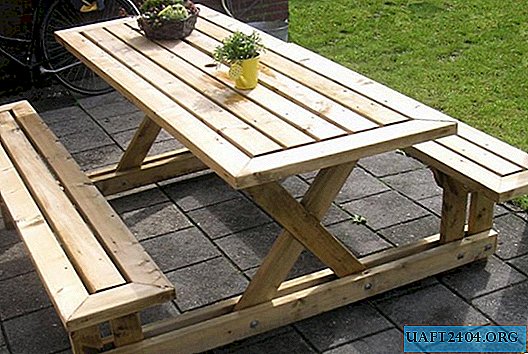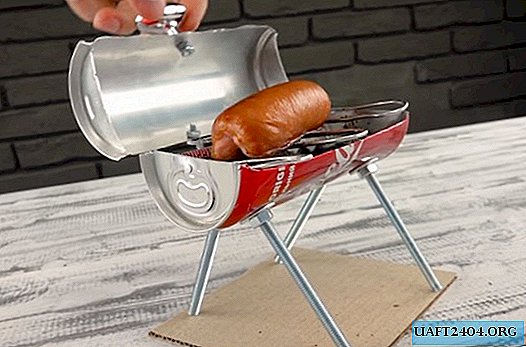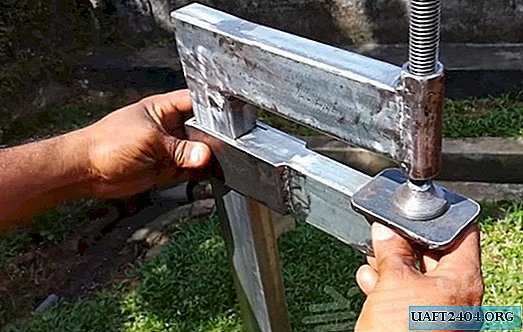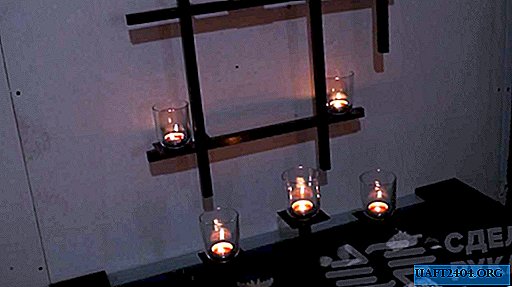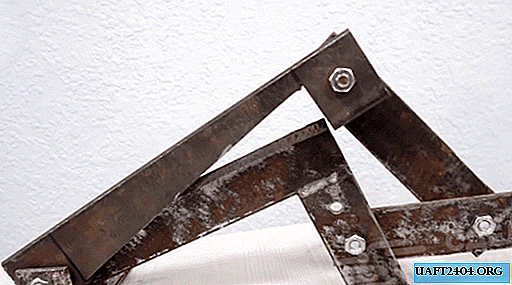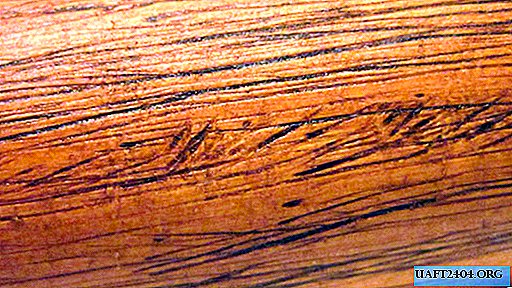
Materials and Tools Required
To work, you need to prepare:
- rasp with large teeth;
- a brush for metal;
- sandpaper P100;
- brown art oil paint;
- soft towel flap.
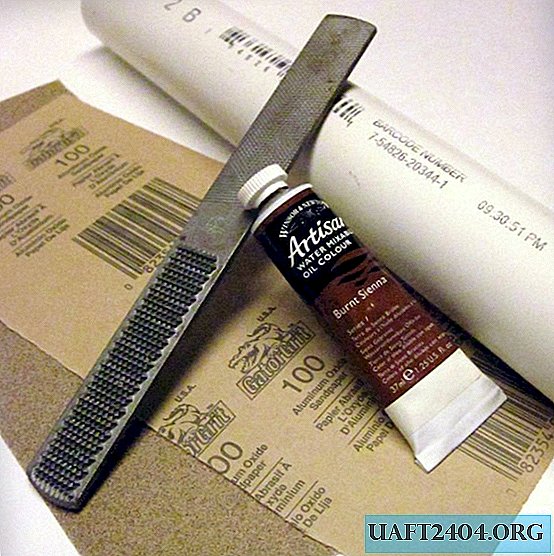
PVC decoration
First you need to grind the surface of the pipe with sandpaper.
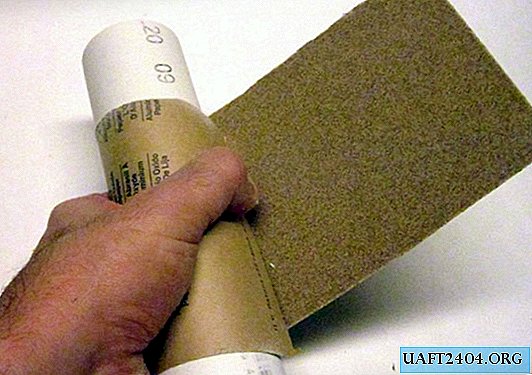
The work is not difficult, but painstaking.
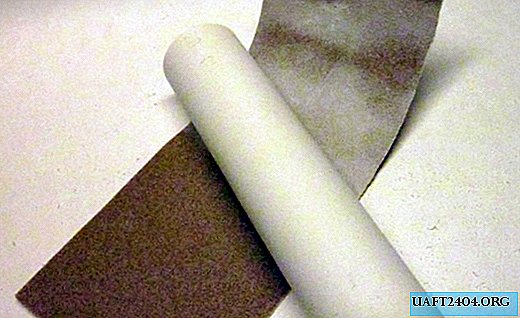
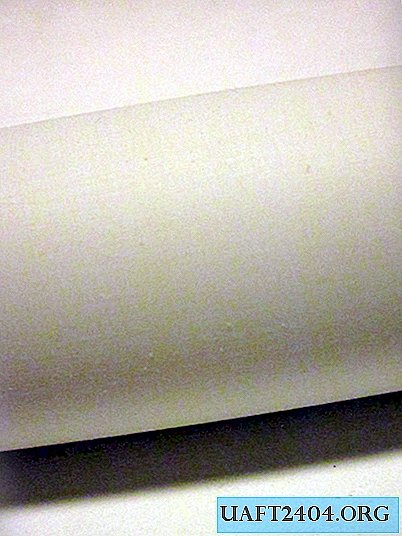
It is important to achieve a matte finish while erasing the inscription. If they do not lend themselves at all, it is worth trying to remove them with an acetone-based solvent or nail polish remover.
Next, using a rasp with large teeth for processing wood, you need to apply deep furrows on the pipe surface, making short movements along.
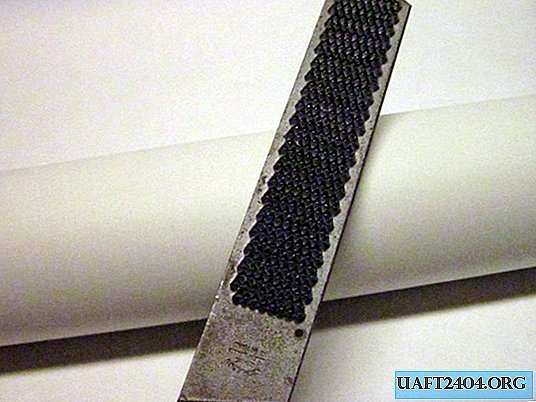
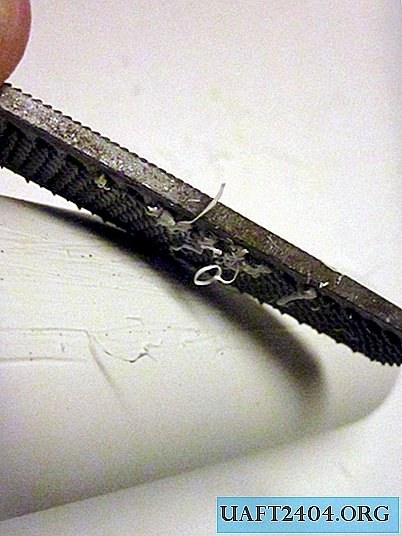
They will imitate the surface of the wood fibers. Movement must be done from different angles. Also, a good visual effect will be at different depths of the furrows, which is corrected by pressing the file.
As you scratch, the rasp will become clogged with plastic. To clean it, you need to use a brush for metal.
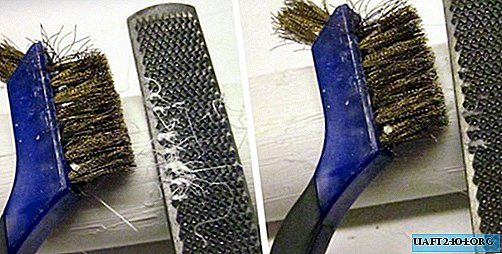
The furrows from the file have a sharp edge that you can cut your palms on, so the work is best done with gloves.
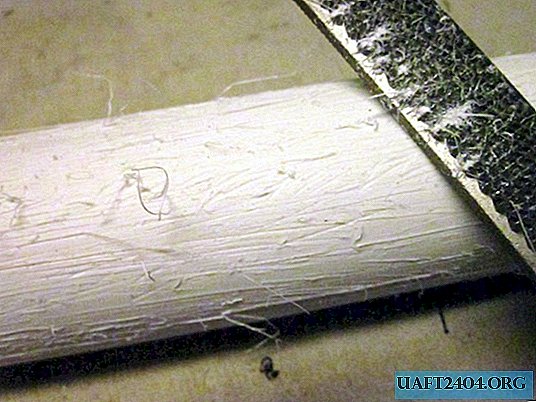
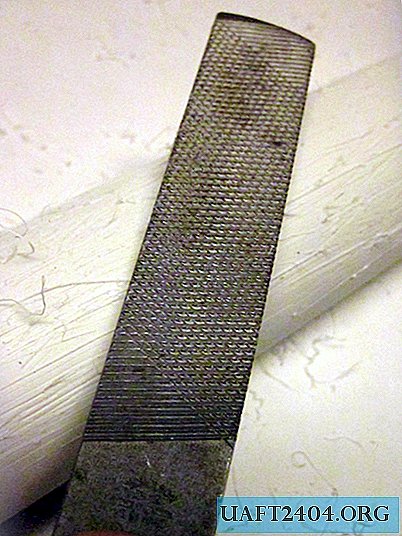
After finishing the rasp, you should slightly grind the surface with the same emery paper to remove the sharp edges of the scratches.
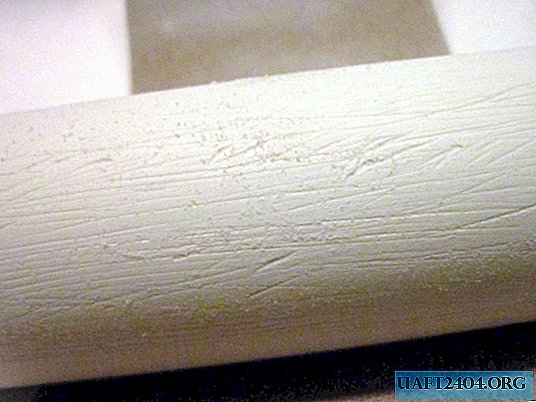
Using a shred of cloth from a soft towel, you need to rub the surface of the pipe with oil paint.
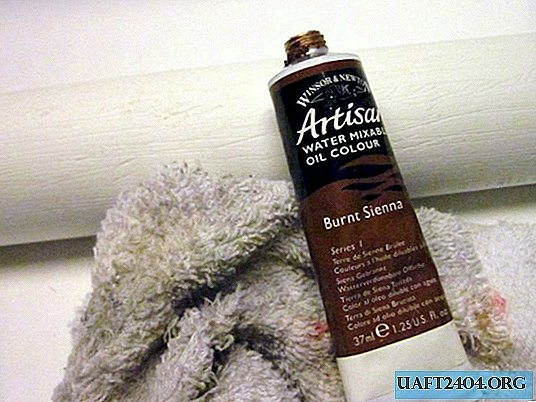
More paint gets into deep furrows, so they look darker. As a result, the wood texture is clearly visible after application. One layer of oil is enough.
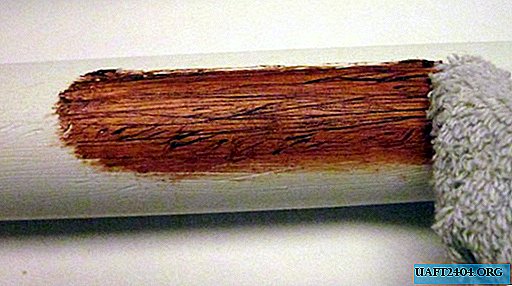
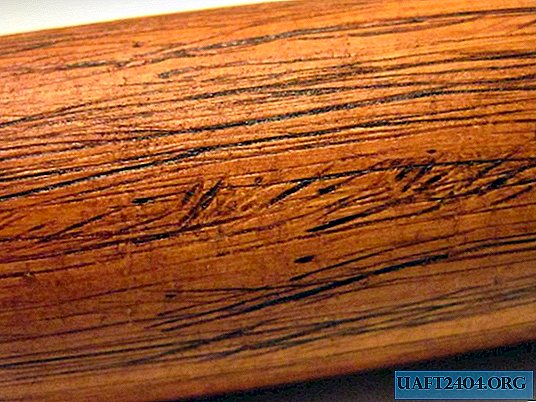
In this way, you can decorate not only the PVC pipe, but also the frames of the plastic windows. Since oil paint is used, painted surfaces can only be used indoors, as it can be washed outside. If desired, the decor can be coated with a specialized protective varnish, compatible with oil.
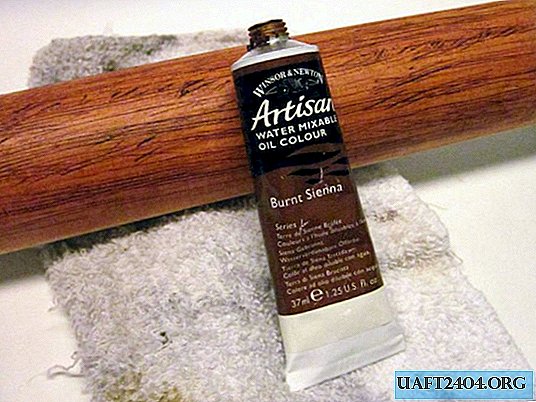
Another example:
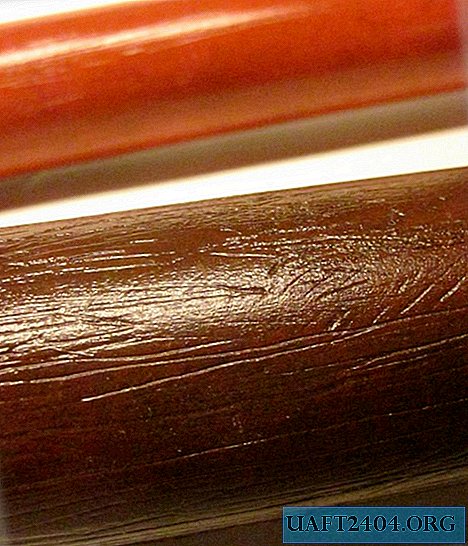
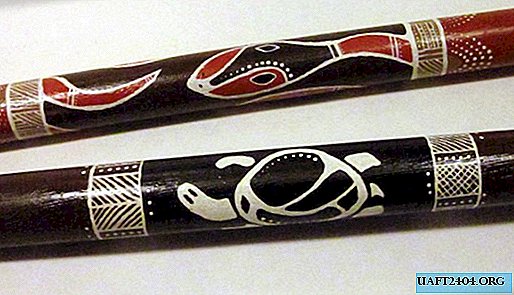
Original article in English

